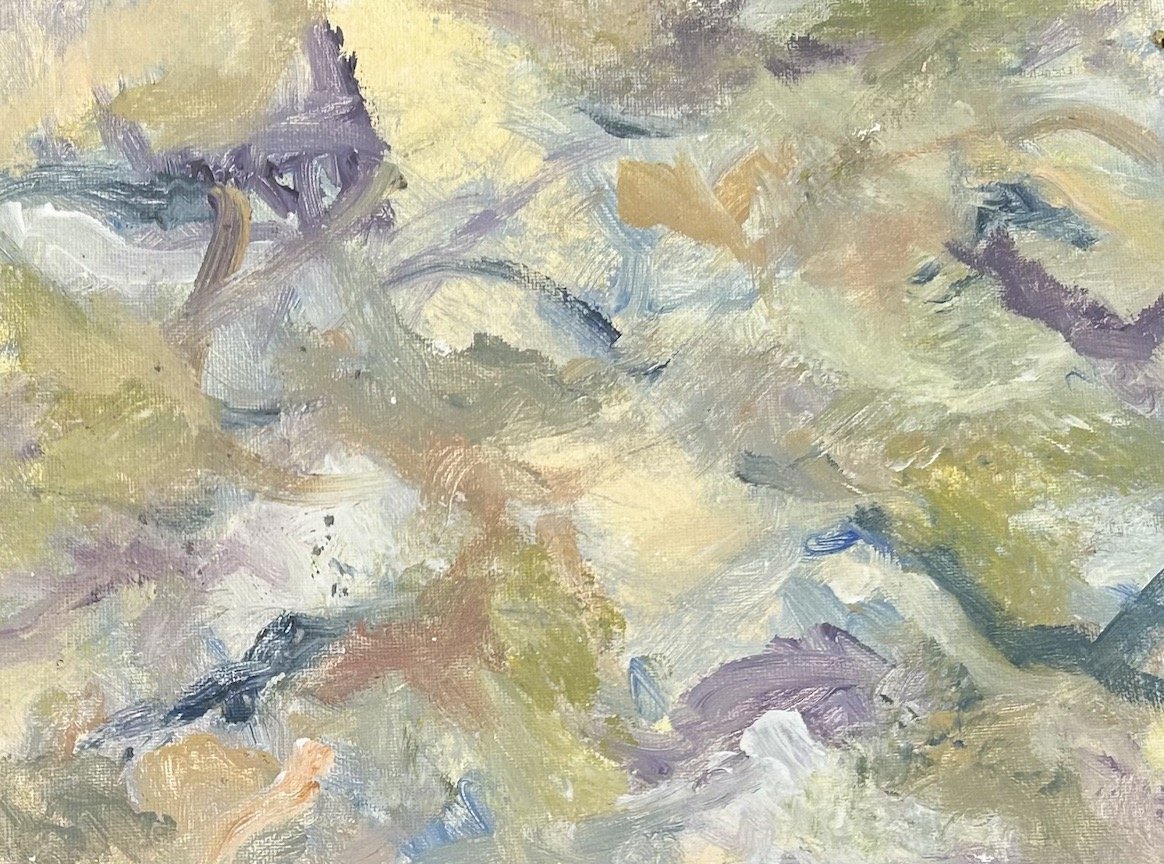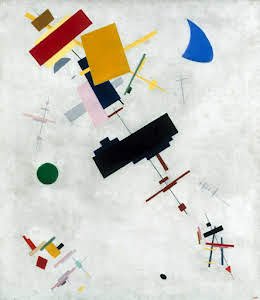Paint Abstract Painting with Mindfulness - Learn How To Paint
Fall Chrisness by Chris Reed ©
As a follow-up to my last blog, Learn How to Paint Watercolors For Beginners, in which I touched on using mindfulness to create space from intrusive thoughts that may inhibit self-expression, I want to explore how mindfulness can help enhance the creative process further. This time, we’ll apply this tool to abstract painting.
In order to express oneself and allow the subconscious to surface, it’s necessary to be in a state of awareness of one’s thoughts that may be inhibiting the fear of making mistakes. The thoughts of “wrongness” can dictate every move of creating the painting unless we notice our thoughts. The most challenging part of creating a painting is the risk that the painting will be a “failure.”
If we flip this storyline, we may be able to see that the things we perceive as mistakes are actually stepping stones to expressing who we are through the painting process. We all have our own unique techniques that can be improved upon, but only when we allow the artwork (and mistakes) to be seen by others. Learning to accept our own unique way of working cultivates further self-expression.
When I think about my work, I see that my best paintings have arisen from throwing random washes of oil colors on a canvas with chaotic swirls of color while having no idea or expectations of where the work was going. Surprisingly, with patience, persistence, and enough belief, results that I liked started to arise. For example, lighting effects revealed the outlines of trees in shadow, and subtle reflections were revealed in a pool of water.
My work had become an abstract landscape., But I know this wouldn’t have happened as effectively had I approached the painting in my typical way based on an expectation of a predetermined vision. Such expectations can generate the fear-of-making-mistakes state of mind. In such a state of mind, my creative process would’ve been more methodical, too structured, and lacked the same movement and flow of energy that reflects my true self.
Abstract Painting Experimentation
Supremus 56 by Kazimir Malevich
As an experiment to try on your own:
I suggest taping a canvas sheet, 9” x 12” or larger, to a board.
Next, apply some primary colors on a palette with some oil (Gamblin Solvent-Free Medium works well).
Using a palette knife, mix a primary color with the oil for a 50/50 ratio to allow the color to flow well on the canvas.
Holding a half-inch synthetic Filbert brush at the end of the handle to prevent perfectionistic tendencies, apply the color in broad sweeps on the canvas.
At this point, make sure to stand back every once in a while to shift your viewpoint with your painting.
Continue with this process using different colors while allowing “mistakes” to happen. Oh yeah, and be sure to have fun at the same time.
Sign Up for an Abstract Painting Class
To learn more about abstract painting, consider enrolling in one of my abstract classes or workshops. Private instruction is also available. Or, stay up to date with new class releases and learning opportunities by signing up for my newsletter here. You receive 10% off your first class when you sign up.
If you have any questions, please contact me. Hope to see you soon!

